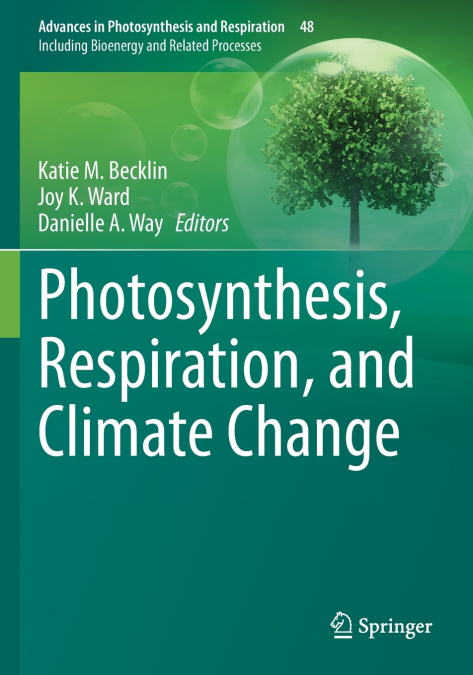
Changes in atmospheric carbon dioxide concentrations and global climate conditions have altered photosynthesis and plant respiration across both geologic and contemporary time scales. Understanding climate change effects on plant carbon dynamics is critical for predicting plant responses to future growing conditions. Furthermore, demand for biofuel, fibre and food production is rapidly increasing with the ever-expanding global human population, and our ability to meet these demands is exacerbated by climate change.This volume integrates physiological, ecological, and evolutionary perspectives on photosynthesis and respiration responses to climate change. We explore this topic in the context of modeling plant responses to climate, including physiological mechanisms that constrain carbon assimilation and the potential for plants to acclimate to rising carbon dioxide concentration, warming temperatures and drought. Additional chapters contrast climate change responses in natural and agricultural ecosystems, where differences in climate sensitivity between different photosynthetic pathways can influence community and ecosystem processes. Evolutionary studies over past and current time scales provide further insight into evolutionary changes in photosynthetic traits, the emergence of novel plant strategies, and the potential for rapid evolutionary responses to future climate conditions. Finally, we discuss novel approaches to engineering photosynthesis and photorespiration to improve plant productivity for the future.The overall goals for this volume are to highlight recent advances in photosynthesis and respiration research, and to identify key challenges to understanding and scaling plant physiological responses to climate change. The integrated perspectives and broad scope of research make this volume an excellent resource for both students and researchers in many areas of plant science, including plant physiology, ecology, evolution, climate change, and biotechnology. For this volume, 37 experts contributed chapters that span modeling, empirical, and applied research on photosynthesis and respiration responses to climate change. Authors represent the following seven countries: Australia (6); Canada (9), England (5), Germany (2), Spain (3), and the United States (12).